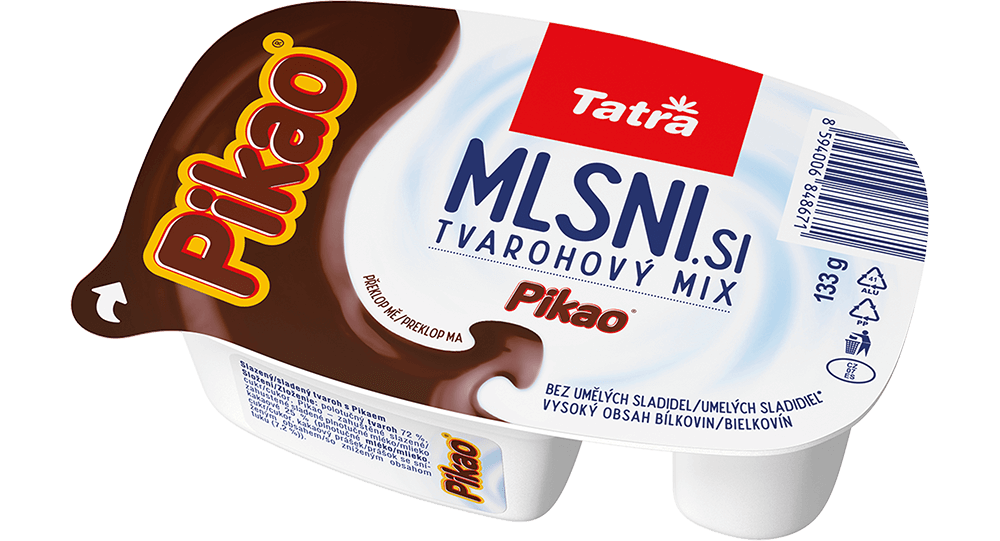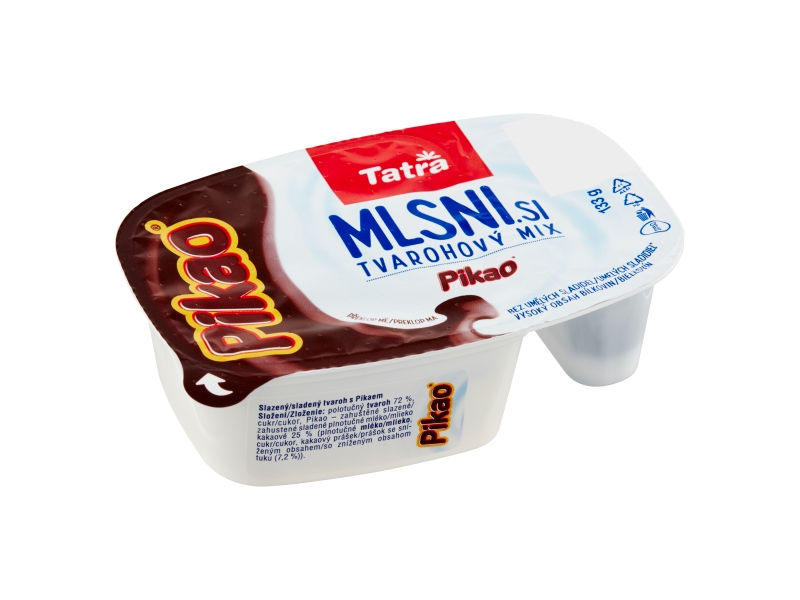

The surname "Picasso" comes from Liguria, a coastal region of north-western Italy. Ruiz y Picasso were his paternal and maternal surnames, respectively, per Spanish custom. Picasso's birth certificate and the record of his baptism include very long names, combining those of various saints and relatives. For most of his life, Ruiz was a professor of art at the School of Crafts and a curator of a local museum. His father was a painter who specialized in naturalistic depictions of birds and other game.

Picasso's family was of middle-class background. He was the first child of Don José Ruiz y Blasco (1838–1913) and María Picasso y López. Picasso was born at 23:15 on 25 October 1881, in the city of Málaga, Andalusia, in southern Spain. His later work often combines elements of his earlier styles.Įxceptionally prolific throughout the course of his long life, Picasso achieved universal renown and immense fortune for his revolutionary artistic accomplishments, and became one of the best-known figures in 20th-century art.Įarly life Picasso with his sister Lola, 1889

Much of Picasso's work of the late 1910s and early 1920s is in a neoclassical style, and his work in the mid-1920s often has characteristics of Surrealism. While the names of many of his later periods are debated, the most commonly accepted periods in his work are the Blue Period (1901–1904), the Rose Period (1904–1906), the African-influenced Period (1907–1909), Analytic Cubism (1909–1912), and Synthetic Cubism (1912–1919), also referred to as the Crystal period. Picasso's work is often categorized into periods. After 1906, the Fauvist work of the older artist Henri Matisse motivated Picasso to explore more radical styles, beginning a fruitful rivalry between the two artists, who subsequently were often paired by critics as the leaders of modern art. During the first decade of the 20th century, his style changed as he experimented with different theories, techniques, and ideas. Picasso demonstrated extraordinary artistic talent in his early years, painting in a naturalistic manner through his childhood and adolescence. Among his most famous works are the proto-Cubist Les Demoiselles d'Avignon (1907) and the anti-war painting Guernica (1937), a dramatic portrayal of the bombing of Guernica by German and Italian air forces during the Spanish Civil War. One of the most influential artists of the 20th century, he is known for co-founding the Cubist movement, the invention of constructed sculpture, the co-invention of collage, and for the wide variety of styles that he helped develop and explore. Use the app to navigate to popular places including to the airport, hospital, stadium, grocery store, mall, coffee shop, school, college, and university.Pablo Ruiz Picasso (25 October 1881 – 8 April 1973) was a Spanish painter, sculptor, printmaker, ceramicist and theatre designer who spent most of his adult life in France. We make riding on public transit to Pikao Place easy, which is why over 1.5 million users, including users in Point View trust Moovit as the best app for public transport. Moovit is the only all-in-one transport app that helps you get where you need to go.
Pikao install#
No need to install a special bus app to check the bus time or a train app to get train time. Looking for the nearest stop or station to Pikao Place? Check out this list of closest stops available to your destination: Chapel Road Smales Road.ĭownload the Moovit App to see the current schedule and routes available for Point View.
Pikao download#
Type in your street address and Moovit’s route finder will locate the fastest way to get you there! Not sure where to get off on the street? Download the Moovit App to find live directions (including where to get off on Pikao Place), see timetables and get the estimated arrival times for your favourite Bus or Train lines.

Pikao how to#
How to get to Pikao Place in Point View, New Zealand? Public Transit to Pikao Place in Point View


 0 kommentar(er)
0 kommentar(er)
